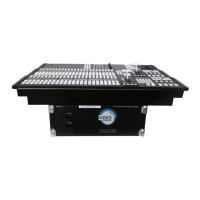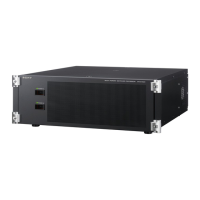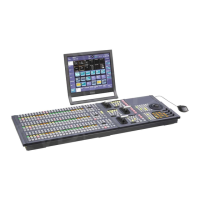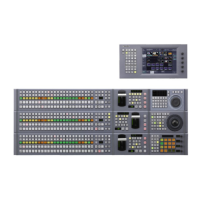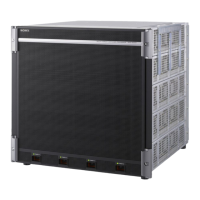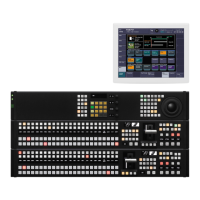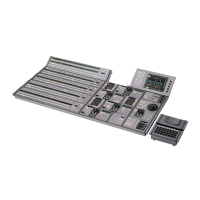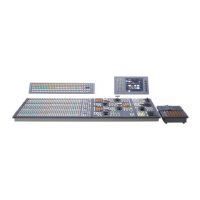Shared register for one-channel
effects
Shared register for two-channel
effects
Keyframe effect registers
Dedicated effect registers
There are 99 dedicated registers for keyframe effects in
each region, numbered 1 to 99.
Shared user-programmable DME registers (MVS-
6520/6530/3000A only)
In addition to the 99 DME registers for each region (i.e.
each channel), there are also shared registers as shown in
the following table. These are used for user-programmable
DME.
Overview of Keyframes
A keyframe represents an instantaneous state of an image,
which can be saved and recalled for reuse.
Effects
By arranging a number of keyframes on the time axis, and
interpolating between successive keyframes, you can
create a result in which there is a continuous change from
each keyframe to the next. This result is called an effect.
You can save the sequence of keyframes representing a
single effect in a register
(
1
p. 239). Then by recalling
this register, you can replay the same effect.
Notes
When operating with these shared registers, be sure to
select the appropriate regions depending on the number of
channels.
When recalling registers in the 200 range, select two
consecutive channels for the regions, as for example
[DME1] and [DME2].
P-Bus and Device registers
There are 250 registers for P-Bus and Device1 to Device12
in each region, numbered 1 to 250.
Work register
This is a temporary register used when editing keyframes.
When you recall an effect, it is read from the effect register
into the work register, and when you save, the contents of
the work register are written to the effect register.
Master timeline registers
There are 99 master timeline registers, numbered 1 to 99,
for each control panel. They store keyframe effect regions
and the register numbers saved in the regions.
Snapshot registers
These are registers for snapshots, and there are 99,
numbered 1 to 99 for each region.
Master snapshot registers
There are 99 master timeline registers, numbered 1 to 99,
for each control panel. They store snapshot regions and the
register numbers saved in the regions.
Saving and Recalling Effects
To create a new effect, first recall an empty register, then
create the keyframes one at a time in this register. To run
an effect, it is also necessary to set the time and the path.
To edit an existing effect, recall the register holding the
effect, then make the changes.
When you have finished creating or editing the effect, save
it in the recalled register or another specified register.
Auto save function
When you recall an effect, the currently recalled effect is
automatically saved in a register. This is called the auto
save function. You can disable this function in the Setup
menu.
Effect Attributes
An individual effect may also have attached special
conditions relating to switcher or DME operation when the
effect is recalled. These conditions are called “attributes”
of the effect, and can be added when the keyframe effect is
saved or recalled.
Types of attribute
Effect dissolve: The transition from the state before the
effect recall to the state at the effect start point is
carried out smoothly, by a dissolve. The dissolve
duration can be set in the Effect menu.
Temporary attributes
When a keyframe is recalled, independently of the
attributes held in the register, you temporarily enable or
disable attributes. These are called “temporary attributes.”

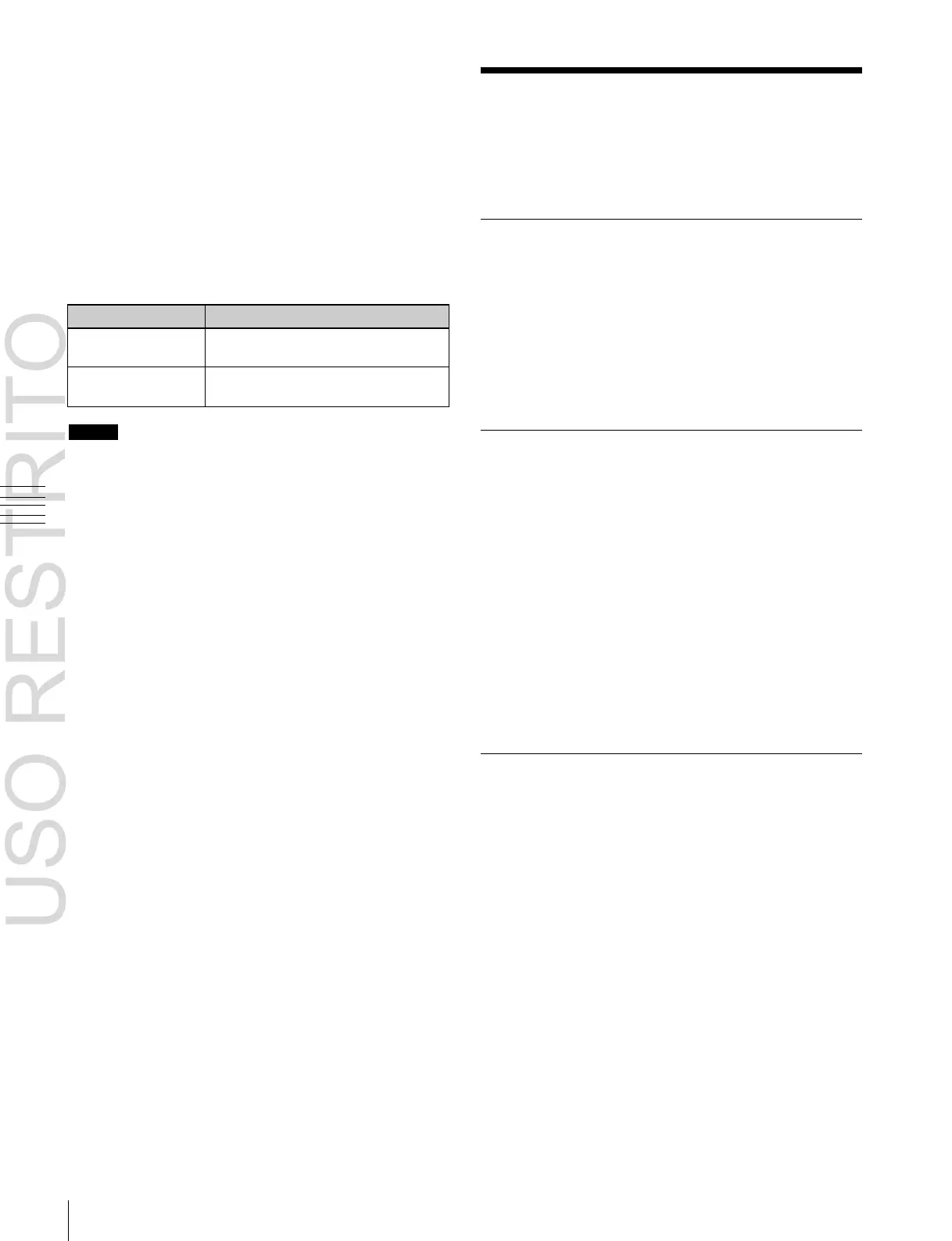